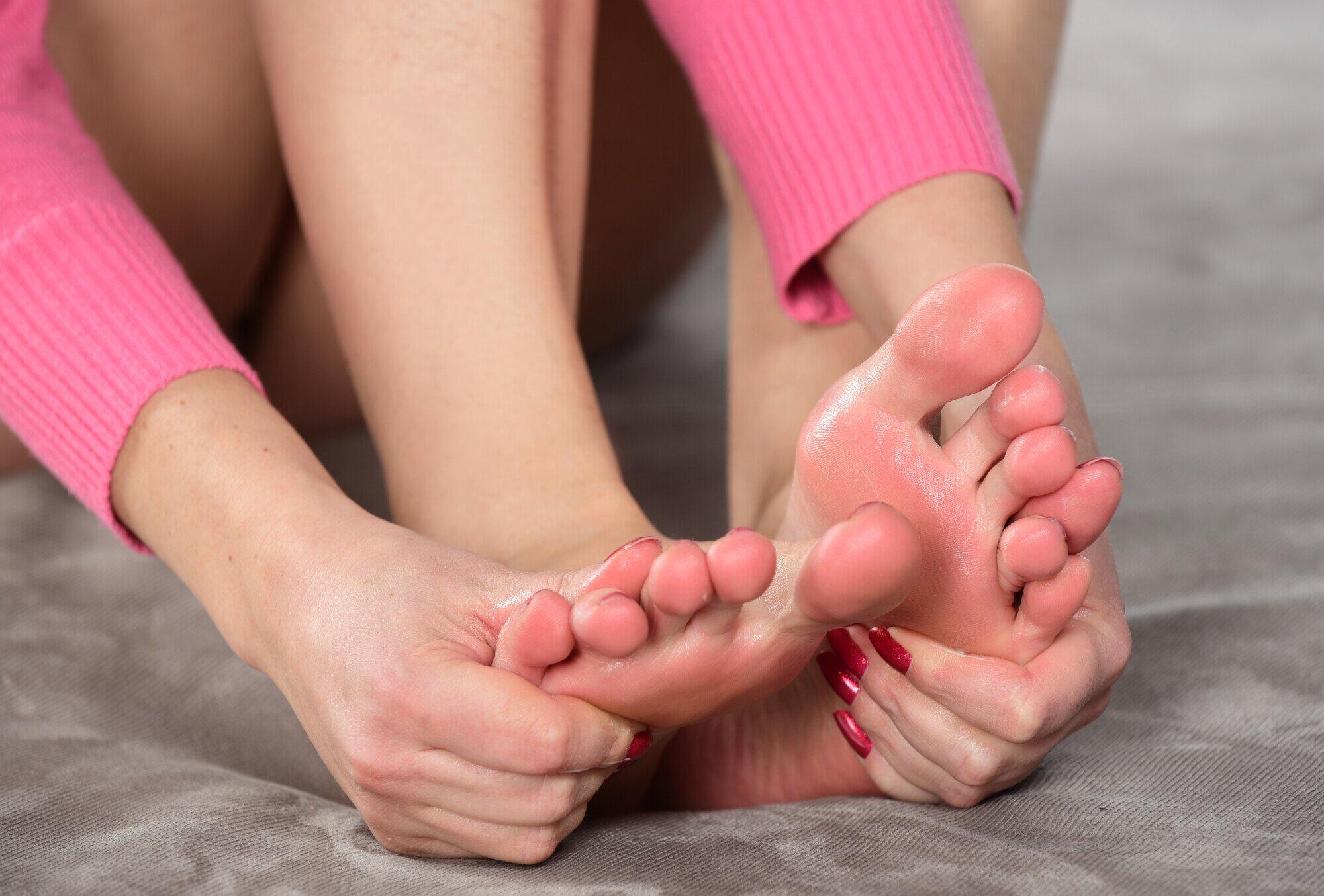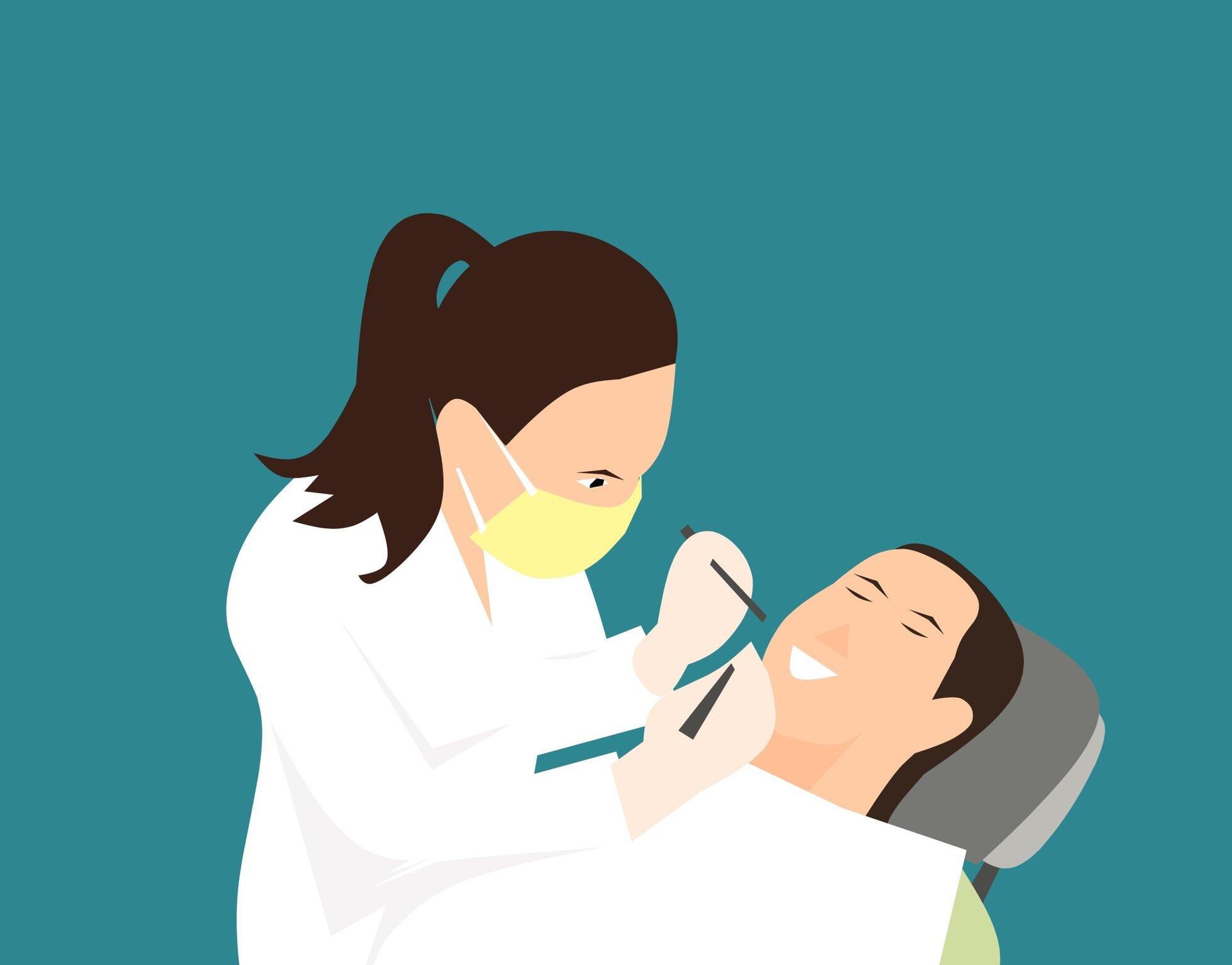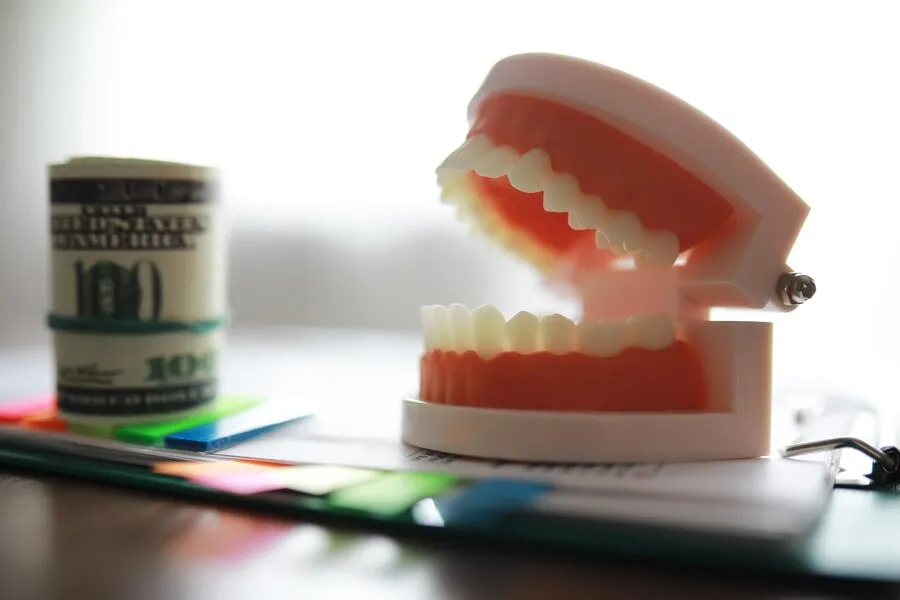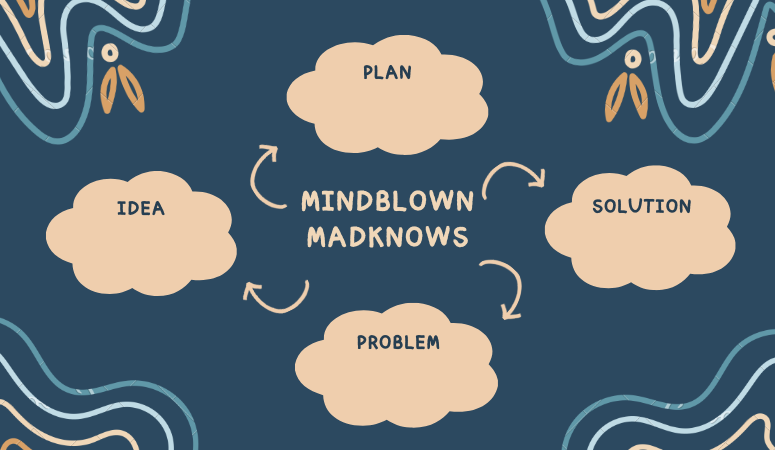Have a great time learning about foot abnormalities, especially bunions and hammertoes. No matter how boring the subject sounds, there is a lot to learn and talk about it. Imagine that your feet, which keep you going all day, decide to throw you a surprise by giving you bunions and hammertoes.
Problems with walking or picking shoes can be caused by common abnormalities. It’s easier to walk with confidence when you know the reasons, symptoms, and solutions. Join us as we investigate the mysteries of bunions and hammertoes, making what may appear to be a minor point into a story of victory and comfort!
What are Bunions and Hammertoes?
Many people have bunions and hammertoes, which are foot problems that can make it painful and uncomfortable to walk. If either of these things happens, the bones and joints in your feet will change shape.
This can make them feel out of place and out of line. They are not the same, though, because of where they are or how they look.
A bunion is a bone bump that shows up where the big toe meets the foot. The big toe leans toward the second toe because the joint isn’t lined up right.
It might hurt, turn red, and swell up after this. Some shoes might also be hard to wear.
The middle toe joint of one or more toes bends in a way that looks like a hammer. This is called hammertoes. This is most likely to happen on the second and third toes. Tootsies can get painful corns and calluses if they wear shoes that rub against the hurt area.
What Causes Bunions and Hammertoes?
Your genes, the structure of your feet, and your lifestyle can all contribute to bunions and hammertoes. For people with bunions, shoes that are too tight or don’t fit right may make their situation worse.
A lot of people say that high heels are to blame for the way the toes stand up straight. However, research also indicates that specific foot types and structural issues inherited from families can lead to bunions.
Similarly, factors such as your foot shape, genes, and excessively tight or high heels can cause hammertoes. Individuals with flat feet or high arches are more susceptible to hammertoes due to the increased strain on their muscles and tendons. You are also more likely to get bunions and hammertoes if you are older or have certain health problems, like arthritis.
What are the Symptoms of Bunions and Hammertoes?
Bunions and hammertoes can cause a wide range of symptoms that are very different in terms of how bad they are and how they affect daily life. You might notice these signs as bumps or bent toes. When someone has bunions, the base of their big toe hurts a lot.
This foot pain can get worse if they wear shoes that put too much pressure on the area or if they walk for a long time. This area may also be hot and swollen, which can make it painful and hard to find shoes that fit well. When it gets worse, the structure change is more obvious, and the big toe may touch the second toe, which makes it harder to walk and pick out shoes.
For the second time, the affected toe experiences pain, redness, and swelling from both hammertoes and bunions. But what makes hammertoes different is that corns and calluses form on top of the bent toe. This happens because the toe rubs against the inside of the shoes.
This not only makes the pain and discomfort worse, but it also means that things will stay this way for a long time. It also gets harder and harder for people with hammertoes to stretch their toes. This stiffness can trigger a cascade of pain, impacting not only the injured toe but also the overall function of the foot.
This can make walking or doing other physical activities painful. How these symptoms affect your ability to move and your quality of life shows how important it is to treat bunions and hammertoes as real conditions that need full care and treatment, not just as looks.
How are Bunions and Hammertoes Treated?
There are various methods to handle bunions and hammertoes, based on the person’s foot health needs and the severity of the issue. They can move and feel better by making small changes to the things they do every day. These shoes shouldn’t make your toes feel as squished.
They should be able to give and get space. Things won’t get worse after this. You can correct your toes by obtaining custom-made patches, pillows, or shoes.
Having more space between your toes can also help ease the pain without having surgery. They check to see that the foot is flat on the ground and all the toes are straight.
Some people may need help to get better or keep things from getting worse. Surgery should fix any foot deformities, restoring proper movement and function. Moving the joint in the big toe to a better place is one way to treat bunions.
Stopping any extra bone growth and repositioning the muscles around the toe joint are two possible treatments. The best way to treat hammertoes is to straighten the injured toe. Nerves that are too tight and making the toe move funny can also be cut or stretched.
Everyone should have a full visit with their doctor to talk about the best way to treat them and weigh the pros and cons of each option. You should still work out and follow safety rules after surgery if you want the foot to stay healthy and work well.
For those seeking professional advice and treatment for these foot conditions, it’s beneficial to consider Centreville podiatrist services. These specialists have extensive experience in managing foot deformities, ensuring personalized care tailored to each patient’s unique situation.
Step Forward in Comfort: Winning the Fight Against Bunions and Hammertoes
You should now know more about bunions and hammertoes, including what they are, why they happen, and how to treat them. These foot defects may seem scary, but if you know the signs and risk factors, you can take steps to avoid or deal with them.
Read Also: Healing from Within: Recognizing the Signs Your Body Is Releasing Trauma
Wearing shoes that fit well and are comfortable, taking care of your feet, and seeing a podiatrist regularly can all help keep your feet happy and healthy. You win when your feet win!
Does this article help you? Explore our website to find more helpful and fun stories that could help you.





